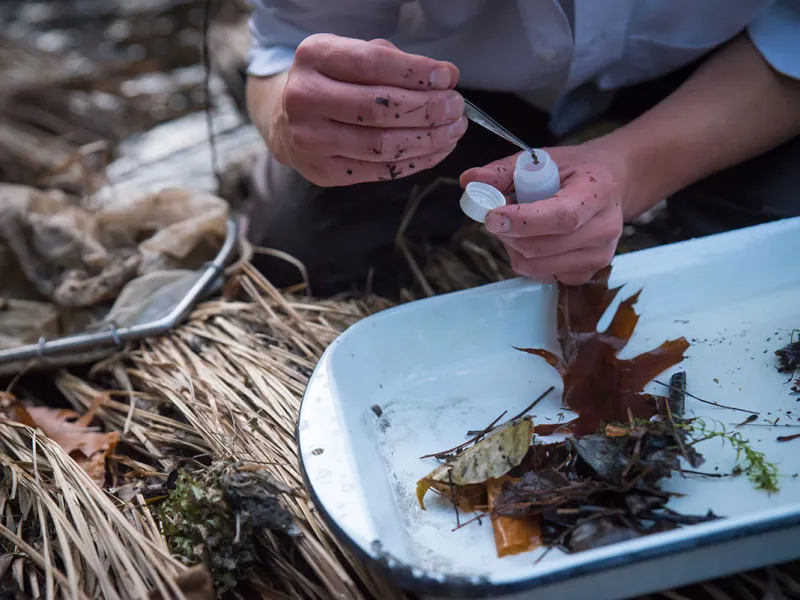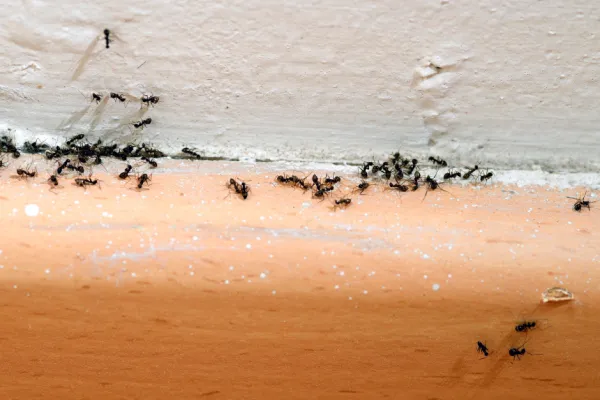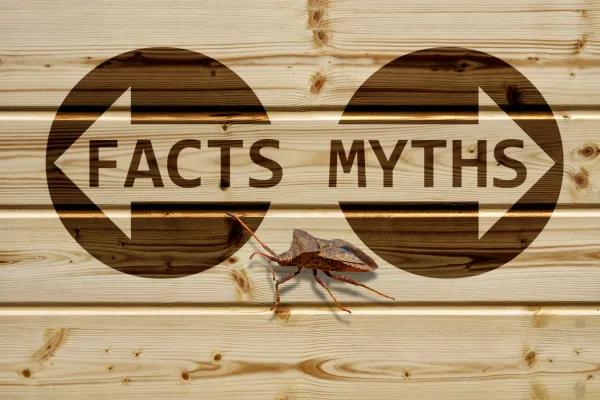Guide to Integrated Pest Management (IPM)

If your exterminating company has never heard of integrated pest management (IPM), it might be time to look somewhere else for your pest control needs. The EPA defines IPM as an “effective and environmentally sensitive approach to pest management that relies on a combination of common-sense practices.” This is something that Palmetto Exterminators applies to every pest control call.
How does IPM work?
This method of pest control looks at issues holistically so that you can manage and often eliminate pest problems, all while minimizing negative effects on people and the environment. Pest control companies that use this technique will target problem animals by using their expert knowledge on the life cycles of pests and how they interact with their surroundings. Starting with research rather than pesticide action helps to reduce the use of harmful chemicals and diminish long-term environmental impacts.
Unlike simply spraying a crop with pesticides and calling it a day, IPM requires a series of evaluations and action steps. One of the goals of IPM is to only remove the target pest (mosquito, german cockroach, rodent, or some other creature); exterminators must spend time evaluating what other wildlife is in the area so that they can select pest control methods that will not be detrimental to those flora and fauna. To further reduce unnecessary environmental disruptions, IPM involves setting action thresholds that, when reached, mean that control is needed. Below those points, only monitoring, pest identification, and ongoing prevention steps are performed.
Benefits and drawbacks of IPM in relation to traditional pest control methods
One of the biggest benefits of using this approach over a reactive one is that IPM is intended for long-term pest management. Not only will IPM manage a pest in the present, but it will also help to ensure that it does not return.

In terms of environmental and ecological concerns, IPM often has less of an impact than typical pest control methods. Because pesticides are usually used in lighter quantities, the targeted animals develop resistance to pesticides more slowly and there are fewer jarring environmental effects.
This does take more time and effort to implement properly. Because it requires deep knowledge of pests and their engagement with their environment, IPM is not quite as simple as grabbing a bottle of insecticide and calling it good. However, if you are hiring a pest control company and not doing the full IPM approach yourself, the increased time and effort is not something you need to worry about.
Potential ways that homeowners can implement IPM
 Before you consider doing your own pest control, take a moment to consider an IPM process. Instead of reacting to aphids and mites in your greenhouse by spraying insecticides, you could introduce ladybugs, a natural predator. Rather than treating the pest problems as they occur, you could work to disturb pest hiding spots or breeding grounds on your property by raking leaves, emptying containers of stagnant water, and moving plants away from the sides of your house. Fixing leaks, sealing cracks, and installing screens can all help to keep pests out of your home as well.
Before you consider doing your own pest control, take a moment to consider an IPM process. Instead of reacting to aphids and mites in your greenhouse by spraying insecticides, you could introduce ladybugs, a natural predator. Rather than treating the pest problems as they occur, you could work to disturb pest hiding spots or breeding grounds on your property by raking leaves, emptying containers of stagnant water, and moving plants away from the sides of your house. Fixing leaks, sealing cracks, and installing screens can all help to keep pests out of your home as well.
IPM is an ongoing activity that works best when homeowners and pest control companies work together to manage pest control problems. For more information or to schedule a free pest inspection,contact Palmetto Exterminators.


